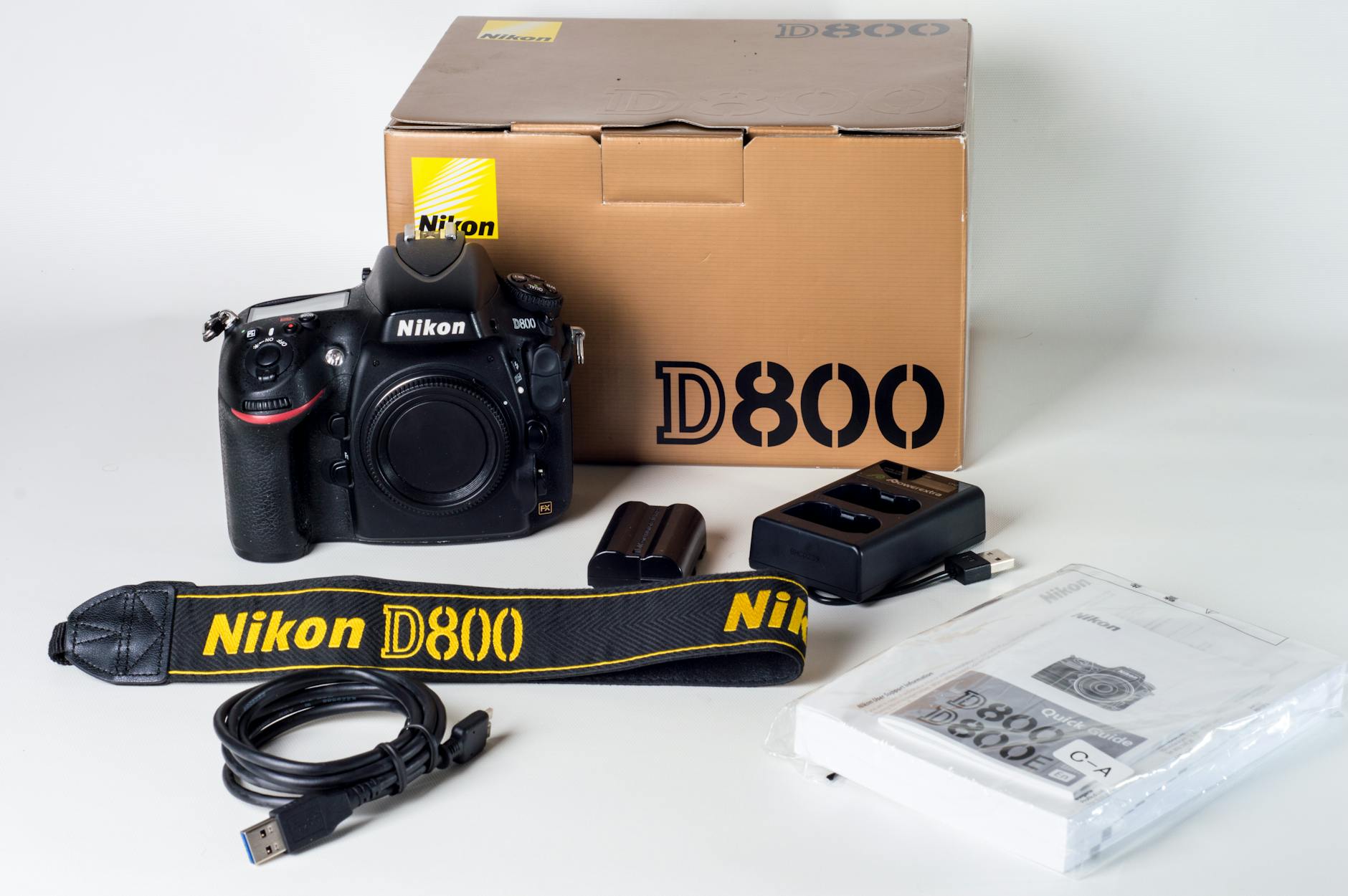How Australia's Tech-Savvy Educators Are Transforming Classroom Learning

Innovative Teaching Strategies
Digital Tools in Lessons
In today's classrooms, educators are harnessing the power of technology to revolutionise teaching strategies and engage students effectively. As a tech-savvy teacher in Sydney, I often find inspiration during the education tech events at the Sydney Exhibition Centre. Here, educators share real-world tech integration stories that provide a hands-on approach to embracing digital tools in lessons.
When considering technology for classroom integration, items like home entertainment systems can be surprising allies. They can transform an ordinary classroom environment into an interactive learning hub. Similarly, using mesh radios can facilitate smoother communication during collaborative projects or excursions, fostering a seamless and engaging learning atmosphere.
For those passionate about content creation, a recording microphone can be a game-changer. I’ve seen teachers use them to create podcasts and audio lessons, offering a fresh and exciting means of learning beyond traditional textbooks. This emphasises the importance of making technology work for you and finding creative ways to integrate it into your teaching landscape. By adopting digital tools and sharing experiences, educators can create an enriched learning environment. This cements the role of technology as a valuable component of modern education.
Enhancing Student Engagement
Exploring ways to boost student involvement, I've noticed that real-time feedback systems are significantly impactful. These systems provide instant evaluations, helping students identify strengths and weaknesses on the spot, which aligns with the recent insights shared at the Sydney Exhibition Centre. With systems like induction loop technology, accessibility becomes part of the equation, encouraging all students to participate actively.
Another game-changer is personalized learning paths. Tailoring the educational experience to each student’s needs helps in nurturing their unique talents. For example, using adaptive programs that modify content based on individual performance empowers learners to progress at their own pace, leading to a more engaged classroom environment. Student-led projects offer yet another dimension of enhanced engagement. By taking on more responsibility, students develop leadership skills and a sense of ownership over their learning. This empowerment is similar to the dynamic seen during workshops at the Sydney Opera House’s Learning Centre, where students are encouraged to explore and innovate.
Integrating these approaches with an antenna tracking system can further enhance student-led initiatives, providing real-time data on individual progress and facilitating peer collaboration. Inspired educators can craft lessons that are interactive and resonate deeply with students, driving motivation and engagement forward. These technologies and strategies not only improve student involvement but also create an invigorating learning environment.
Smart Classroom Setups
Implementing smart classroom setups has proven transformative in Sydney's education landscape. Our experiences at the teacher meet-ups at the State Library of New South Wales highlight how technology can revolutionise traditional learning spaces. Integrating tools such as universal remote systems allows educators to control multiple devices efficiently, streamlining lesson flow and fostering a seamless teaching environment. Imagine controlling lighting, sound, and presentation equipment with a single remote—making transitions smoother and saving valuable class time.
As educators, one of the most empowering experiences is witnessing these setups increase student engagement and participation. Smart classrooms often feature interactive whiteboards and advanced presentation systems that captivate students' attention. These setups offer significant opportunities to customise learning experiences, encouraging students to interact and collaborate more effectively. Additionally, incorporating smart-quality monitors for video conferencing supports remote participation, expanding classroom boundaries to include students who might not physically be present.
Whether you’re a tech-savvy teacher or just beginning to explore technology's potential in the classroom, embracing these smart solutions can enhance educational outcomes. Personal experiences at the State Library of New South Wales taught me that these integrations also reduce stress and improve classroom management, allowing educators to focus on what truly matters: inspiring and empowering students.
Overcoming Challenges
Training for Educators
Effective professional development is essential for teachers ready to embrace technology. In Sydney, educator meet-ups often shed light on ways to navigate tech integration. I’ve seen firsthand how attending workshops, like those at the Sydney Opera House’s Learning Centre, are invaluable for developing skills in setting up classroom tech, such as loudspeakers. These events ensure educators can confidently use technology to enhance student learning and engagement.
Ensuring Digital Equity
Providing equitable access to technology remains a critical challenge in education. I focus on strategies to ensure every student can access the necessary tools and content, regardless of their background. This means considering the availability of devices, internet connectivity, and proper av cables during tech setups in classrooms. Schools need to proactively assess and address these areas to bridge any digital divides and provide a level playing field for all learners.
Addressing Tech Malfunctions
Tech malfunctions can disrupt learning, making it crucial for teachers to know quick troubleshooting techniques. Through engaging sessions, like those at the Sydney Exhibition Centre, I've learned about the importance of having a backup plan. Simple measures—like spare AV cables or backup data—to mitigate downtime prove invaluable. Equipping oneself with these skills empowers educators to handle unexpected tech issues with ease.
Action Steps for Educators
Embracing New Digital Tools
It’s essential to dive in and explore the vast array of digital tools available for enhancing our classroom environments. As someone who’s seen success integrating technology in our lessons, I strongly recommend sampling tools like mind mapping software or online quizzes to boost student engagement. Experimenting with these at local tech meet-ups or sessions at the Sydney Exhibition Centre provides excellent opportunities to see them in action and to gather insights from fellow educators about their effectiveness.
Prioritising Professional Growth
Keeping our knowledge fresh and relevant is key. Participating in professional development workshops, such as those hosted at the Sydney Opera House’s Learning Centre, allows us to stay at the forefront of educational technology. These workshops often offer sessions on using technology in education to cultivate richer learning experiences. Engaging in these programs is not only about acquiring skills but also sharing our tech integration stories, making the learning experience a communal one.
Cultivating Tech Partnerships
Building strong partnerships with technology providers and educational bodies can significantly enhance our potential to innovate in the classroom. Through collaboration, we can access the latest tech resources and support systems for seamless digital educator transitions. Setting up informal sessions and networking at the State Library of New South Wales can be invaluable in forging these connections. By doing so, we empower ourselves with tools and insights necessary for next-gen teaching.


